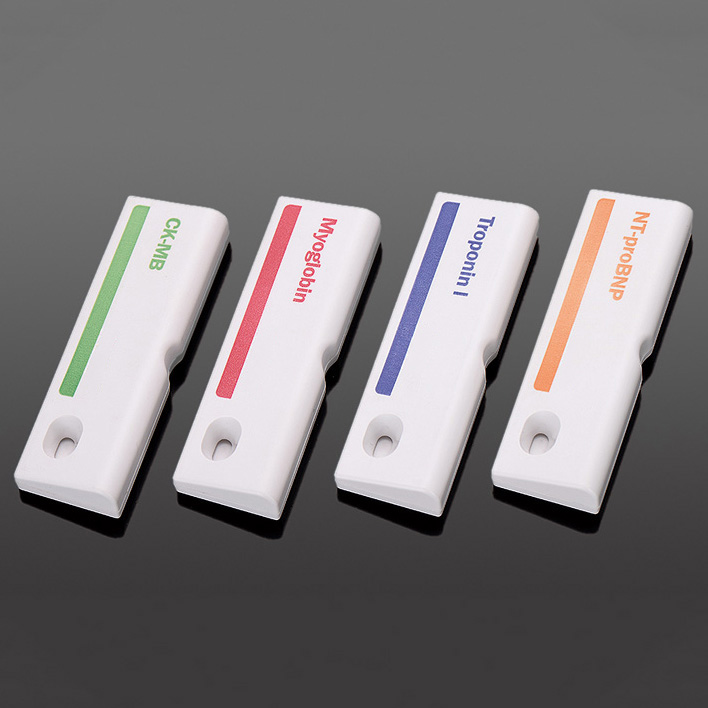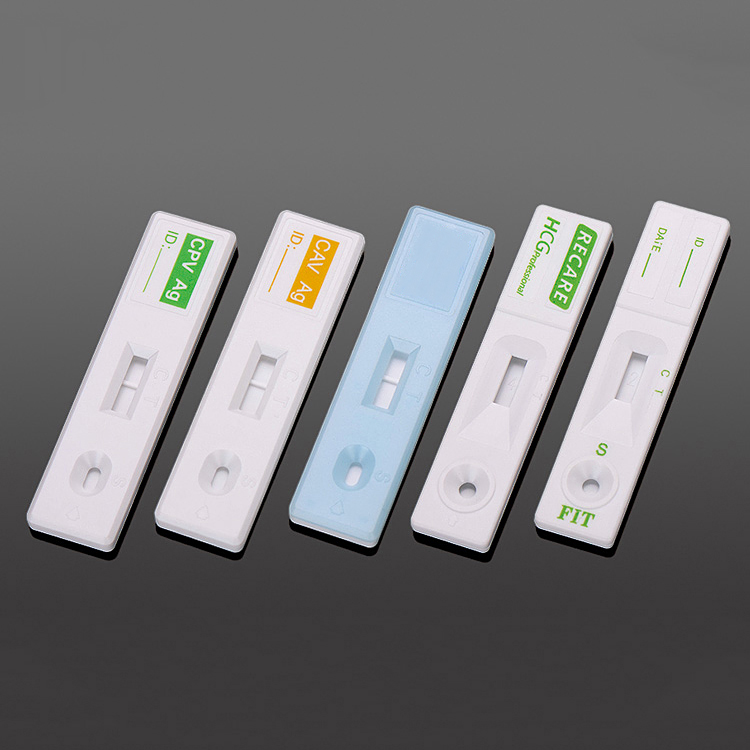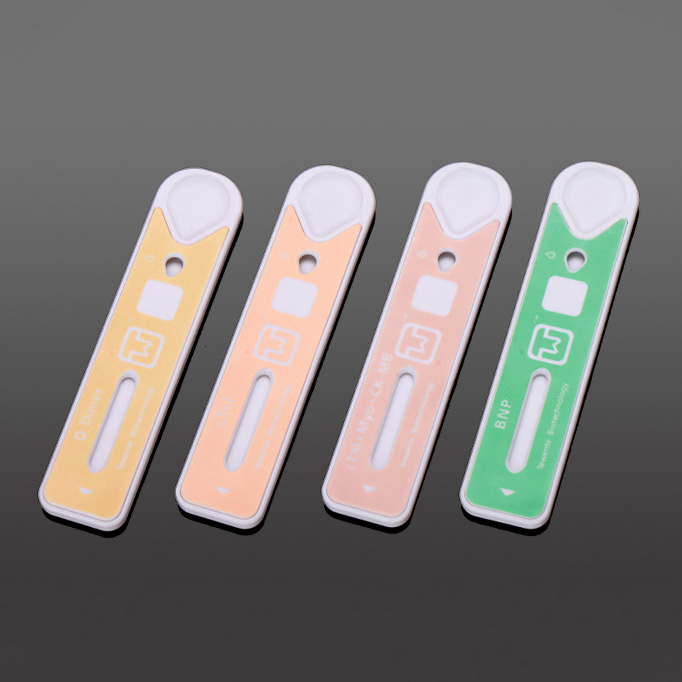Oct . 25, 2025 10:20 Back to list
Cassette Lateral Flow Housings – Leak-Proof, OEM-Ready
Inside the Diagnostic Test Empty Plastic Cassette: notes from the rapid‑test frontline
If you build or source lateral‑flow kits, the humble Cassette Lateral Flow enclosure is the one part everyone expects to just “work.” In reality, enclosure geometry, ABS grade, and snap-fit consistency can make or break assay usability. I’ve seen programs stumble on nothing more than a loose cover or a sample well that wicks sideways—tiny flaws with big consequences.

What’s trending (and why cassettes still matter)
Post-pandemic, demand shifted toward at‑home, CLIA‑waived formats, slicker UI, and packaging that survives parcel networks. There’s steady movement to recyclable inserts, but, to be honest, ABS remains the workhorse for strength, dimensional stability, and low-cost moldability. Many customers say they want broader windows, clearer icons, and tighter tolerances; it seems that tactile “click” closures are making a comeback—operators like the certainty.
Product snapshot: Diagnostic Test Empty Plastic Cassette
Origin: No.136, Shiji West Road, Gaobeidian City, 074000, Hebei Province, P.R. China. The enclosure is designed for human health, food safety, medicine/drug, animal diagnostics, HCG and a range of rapid tests. The top and bottom covers match precisely and the operation is, frankly, refreshingly simple.
| Parameter | Typical specification (≈; real‑world use may vary) |
|---|---|
| Material | ABS, high-impact, mold-grade |
| External dimensions | ≈ 60 × 30 × 5–7 mm (customizable) |
| Strip compatibility | 3–5 mm nitrocellulose LF strips; NC wicking 20–120 s/4 cm |
| Well/Window | Sample well Ø ≈ 3–5 mm; read window ≈ 15–25 mm |
| Tolerances | ±0.10–0.15 mm on critical features |
| Assembly | Snap-fit; ultrasonic welding option |
| Storage conditions | 2–30 °C; dry, away from UV |
| Service life (empty cassette) | ≈ 24–36 months in proper storage |
| Quality system | Manufactured under ISO 13485 QMS |

Applications and process flow
Use cases span pregnancy (HCG), infectious disease screening, food allergens, veterinary pathogens, and certain drug tests. The build process typically runs: ABS resin selection → precision injection molding → gate/flash control → 100% visual and dimensional QC → top/bottom cover pairing → optional logo/markings → clean-bagging and boxing. Testing includes drop (≈1 m), snap-fit cycle testing (≥100 opens/closes), and dye-wicking check to confirm no parasitic flow near the sample well.
In trials I reviewed, median snap-fit retention measured ≈12–16 N; warpage stayed within 0.2 mm across 50‑piece samples—solid numbers for reliable assembly.

Why teams pick Cassette Lateral Flow housings like this
- ABS strength and dimensional stability under typical lab and warehouse conditions.
- Consistent cover alignment—crucial for clean control/test line visibility.
- Simple operation with intuitive well geometry and readable window.
- Room for desiccant and labels; compatible with common foil pouches.
| Aspect | Prisesbio (this model) | Generic Vendor A | Boutique Vendor B |
|---|---|---|---|
| Mold precision | High; tight fit; ±0.1–0.15 mm | Varies by lot | High, lower volume |
| Lead time | Short‑to‑medium (forecast-based) | Unpredictable | Medium |
| Customization | Window, color, logo options | Limited | Extensive (higher cost) |
| Documentation | Datasheet, QC lot records | Basic spec only | Full DHF-style, surcharge |

Customization and real‑world feedback
Options include alternate window geometry, branded tops, colorways, and welded or snap-fit assembly. MOQ depends on tooling changes (around several thousand pieces and up). Many customers say the matte finish reduces glare under bench lighting—small win, big usability.
Case notes: (1) A veterinary startup cut assembly time by ~12% after switching to a tighter snap-fit. (2) A food allergen team reported fewer invalids when a slightly deeper well reduced overflow during hurried pipetting. Honestly, the simplest tweaks often matter most.

Standards, compliance, and notes
The enclosure is not an IVD on its own. Still, production under an ISO 13485 QMS and material risk assessment per ISO 10993 are common expectations. For qualitative assay validation, labs usually follow CLSI EP12 guidance. Finished kits will pursue IVDR/CE or applicable market clearances; your DMR should include cassette drawings, tolerances, and incoming QC records.
Authoritative citations
- ISO 13485:2016 — Medical devices—Quality management systems—Requirements for regulatory purposes.
- ISO 10993‑1:2018 — Biological evaluation of medical devices—Part 1: Evaluation and testing within a risk management process.
- CLSI EP12‑A2 — User Protocol for Evaluation of Qualitative Test Performance, Clinical and Laboratory Standards Institute.
- WHO (2020) — Antigen‑detecting rapid diagnostic tests: considerations for implementation and quality assurance.
- FIND (Foundation for Innovative New Diagnostics) — Guide to Lateral Flow Assay Development and Validation.
-
Diagnose Syphilis Test – Essential Screening & Diagnostics Explained
NewsNov.19,2025
-
Comprehensive Guide to Diagnosis Syphilis Test Technologies & Applications
NewsNov.19,2025
-
Comprehensive Guide to Syphilis Test Dubai – Early Detection & Reliable Screening
NewsNov.18,2025
-
Comprehensive Guide to Syphilis Test Diagnosis: Global Impact and Advances
NewsNov.18,2025
-
Syphilis Test Cost Explained: Affordable Diagnostics for Global Health
NewsNov.17,2025
-
Comprehensive Guide to Syphilis Test Blood: Global Insights & Testing Solutions
NewsNov.17,2025

